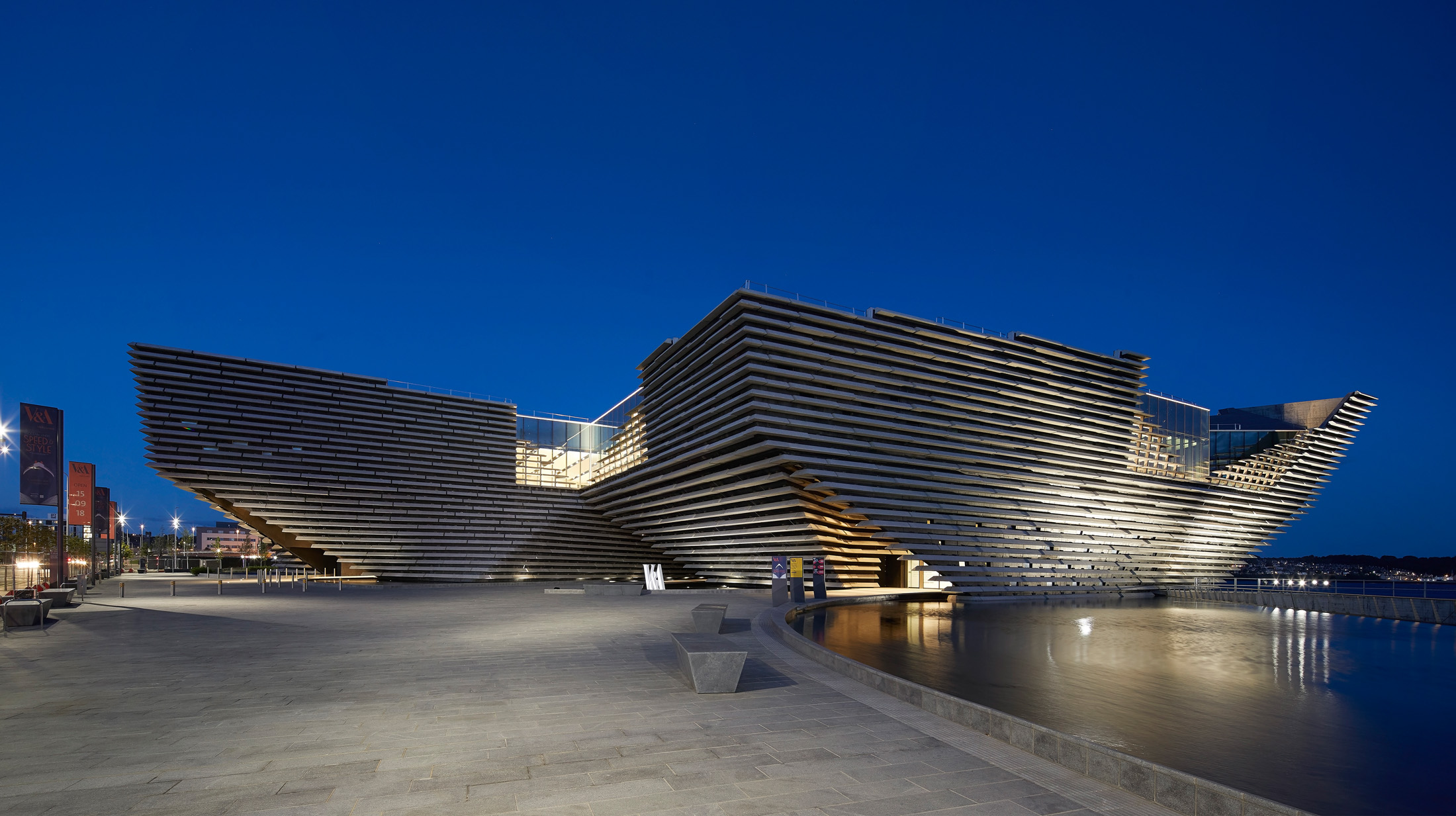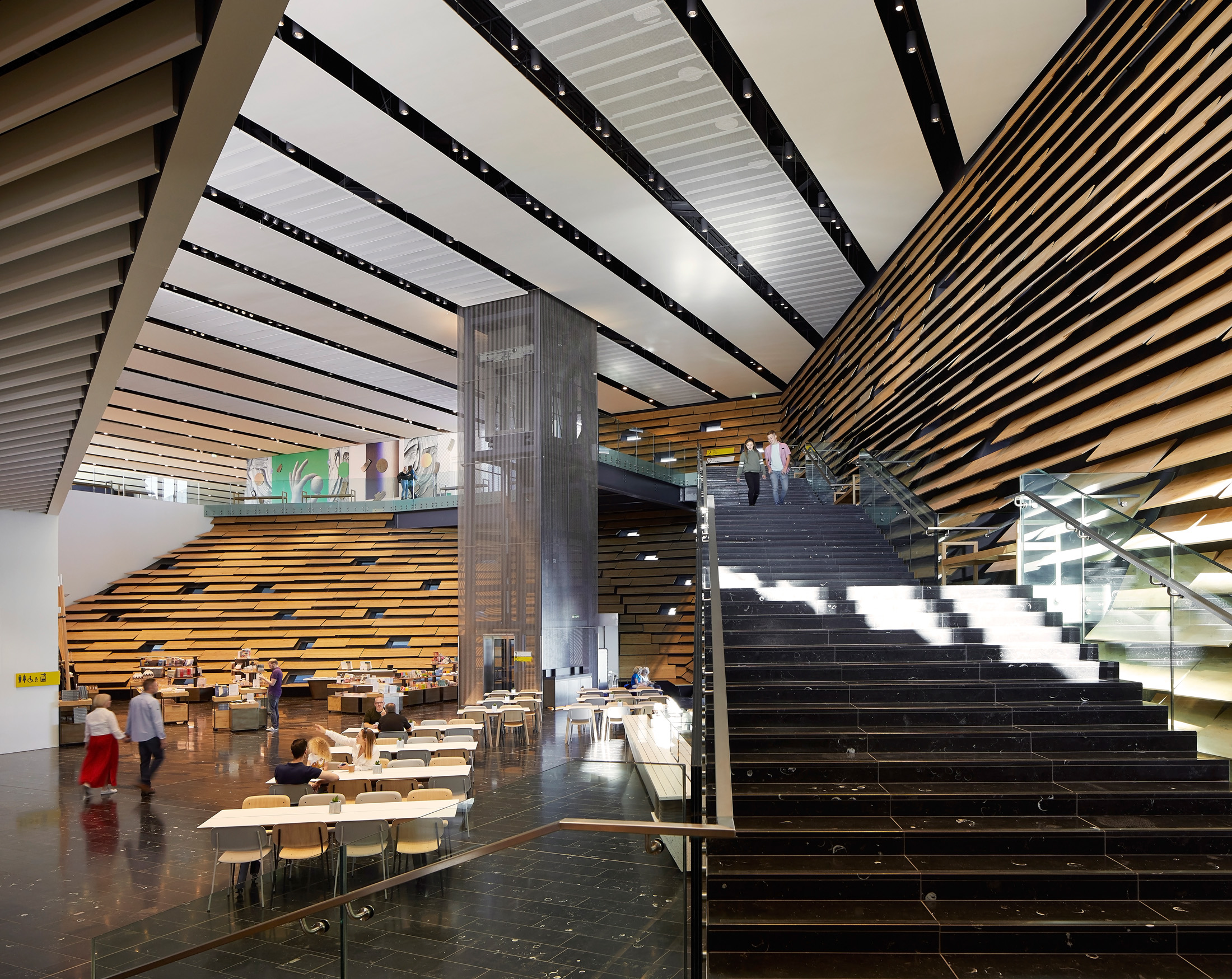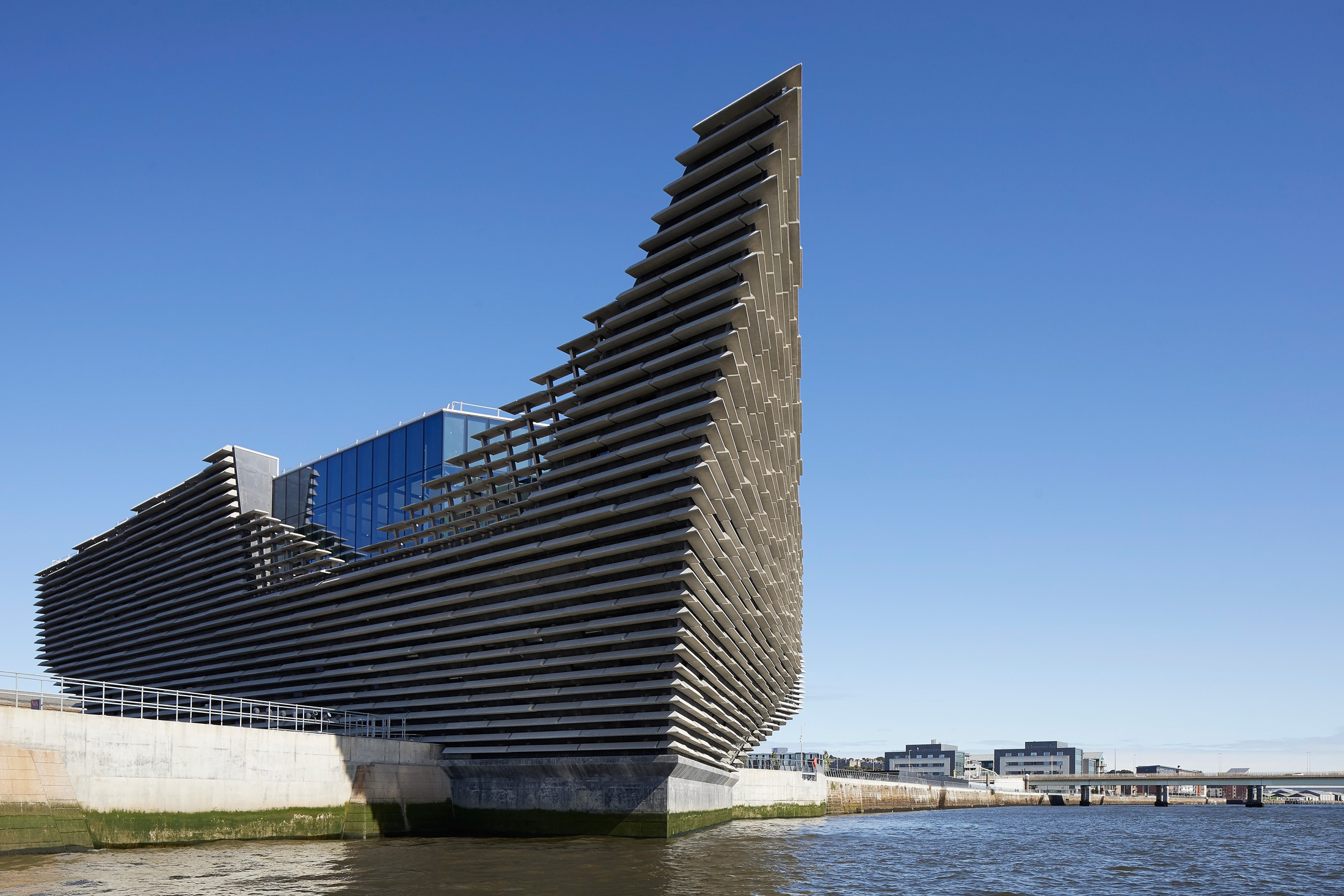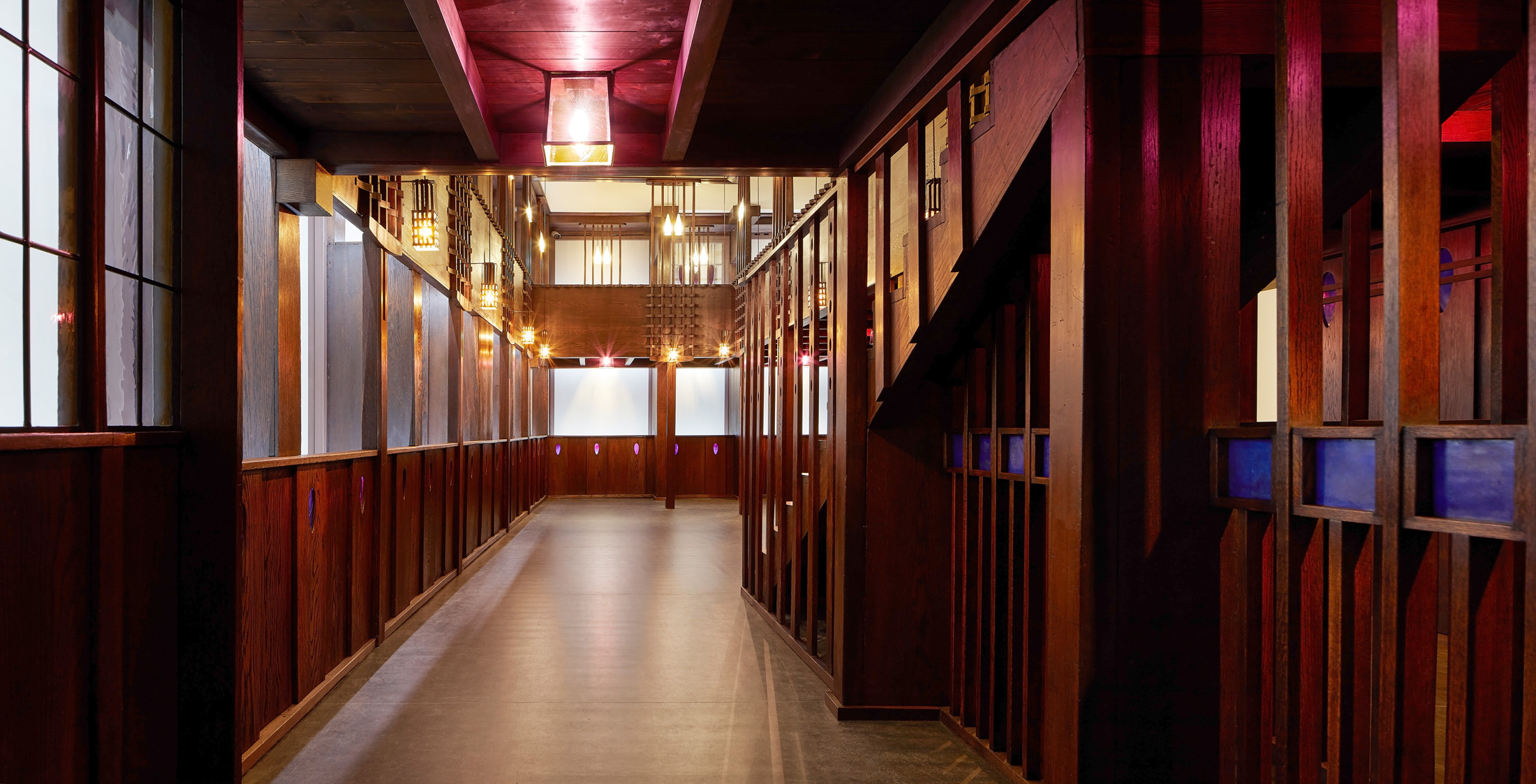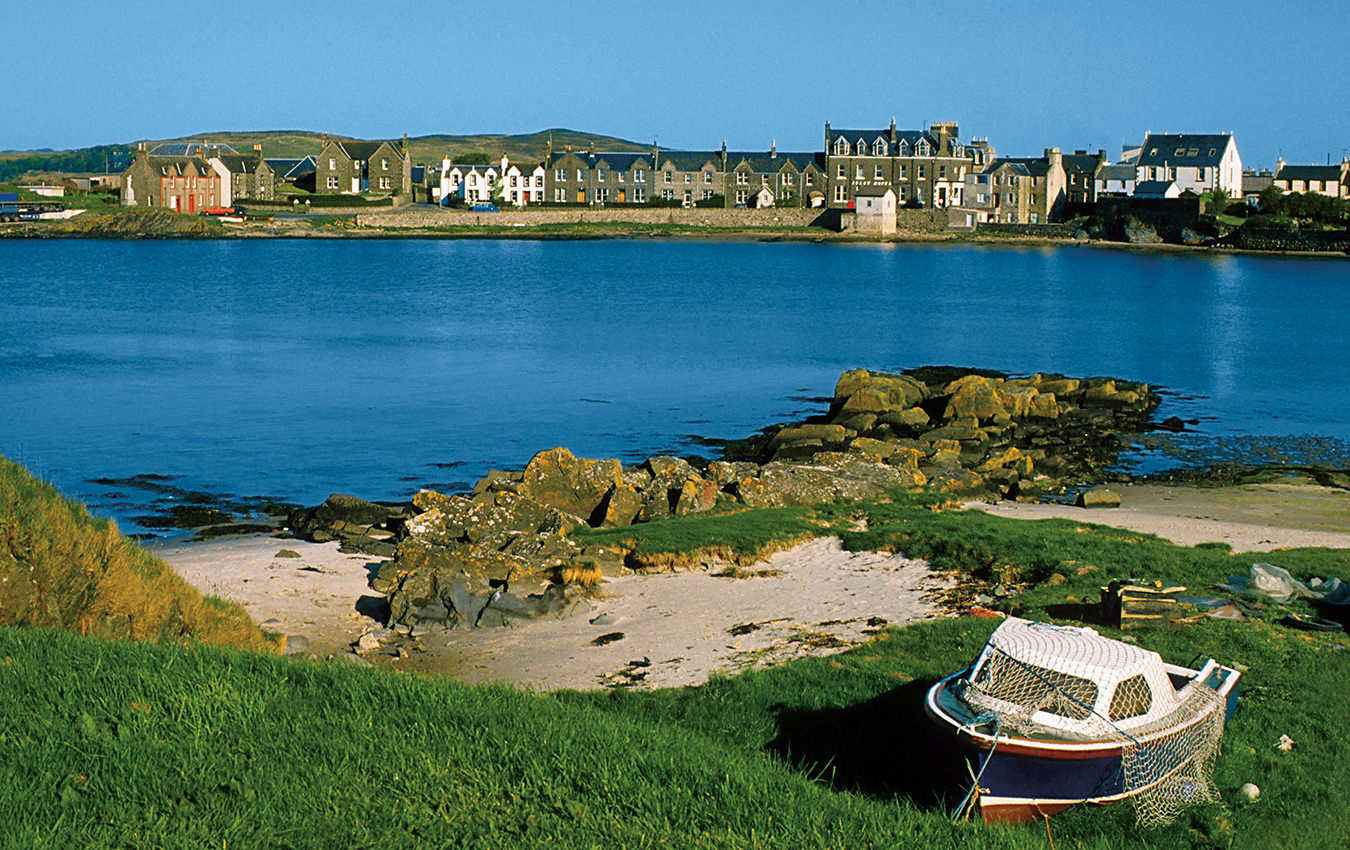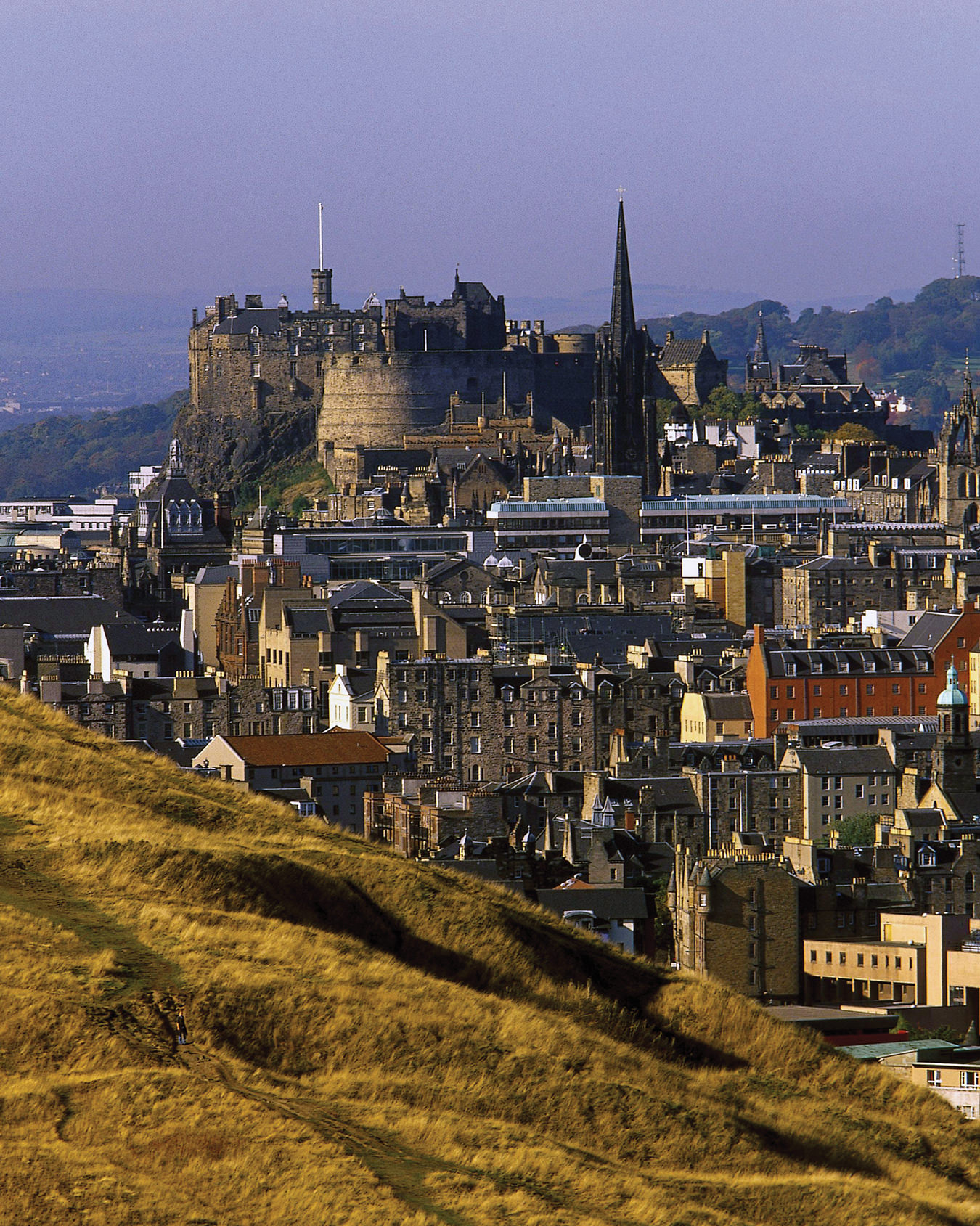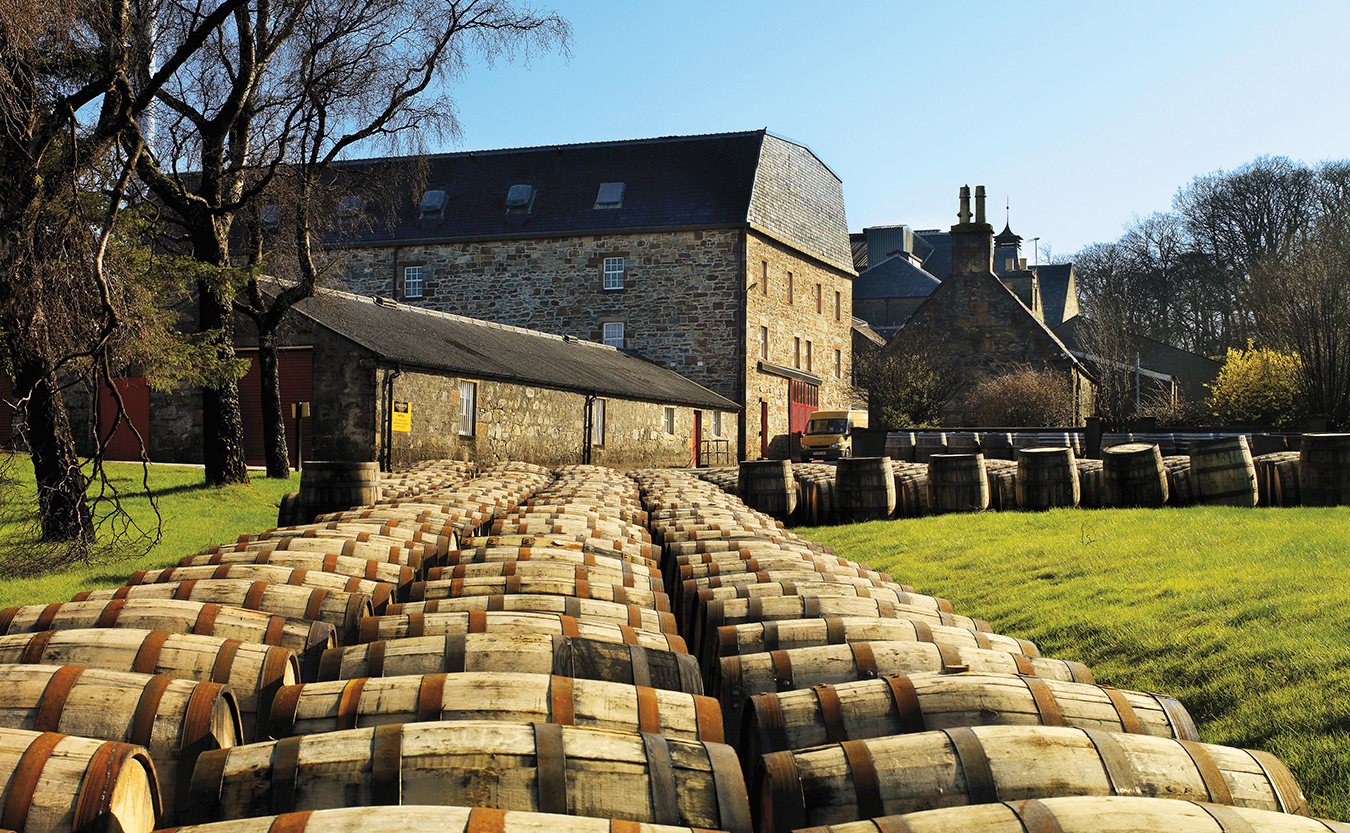V&A Dundee, Scotland
The Kengo Kuma–designed landmark opens.
Bringing together nature and architecture, Kengo Kuma’s vision of the first design museum in Scotland has been realized with the opening of the V&A Dundee on September 15. Bragging rights have been earned with this graceful building on the shores of the River Tay, an integral part of Dundee’s waterfront revitalization.
From 120 design concepts submitted for the competition in 2010, six were shortlisted and exhibited to the public, with Kengo Kuma and Associates chosen as the winner. For Kuma, his goal was to achieve the integration between land and water by creating a meeting place for the locals.
“Museums tend to be big quiet cubes, which is good for photography and art, but not good for humans,” he explains. “I wanted to create a big, open feeling, focusing on the people first in this space, [to make it] a place for tea with friends as much as a place to learn about art.”
Despite its sky-high price tag of £80-million (initially budgeted at £45-million), the V&A Dundee does not disappoint: the eye-catching exterior a lodestone for artsy types as much as the curious.
Inspired by the cliffs of Scotland’s northeast coast, the museum resembles two inverted pyramids, which are separate at the ground floor, but converge on the upper level. The structures frame a view of the River Tay as visitors arrive at the entrance, a nod to the Royal Arch which had inhabited this spot and was taken down in the middle of the 20th century. Located beside the city’s RRS Discovery, a historic ship built in Dundee and was used by Irish polar explorer Sir Ernest Shackleton, the V&A Dundee is also adjacent to the newly-opened Slessor Gardens, a city park that hosted the museum’s opening celebrations.
“Museums tend to be big quiet cubes, which is good for photography and art, but not good for humans,” says Kuma.
Precast concrete slabs run horizontally around the exterior, creating distinctive patterns of shadows during the day, while inside the similar architectural shape is in oak, with randomly inset windows allowing views of the river. Beneath the feet, Black Irish limestone floors studded with white fossils are meant to mimic a shell-strewn beach. The two-storey entrance includes reception, café, and gift shop, and the eye sweeps upwards thanks to a glass and concrete staircase, gently curving up the side of the building interior to second floor galleries, the Inches Carr Trust Resource Centre, and Tatha Bar & Kitchen, serving local fare and river views.
The museum’s first exhibition Ocean Liners: Speed and Style is a collaboration between the V&A London and the Peabody Essex Museum in Salem. Ocean Liners documents the influences of ocean travel on international design with over 250 objects ranging from models, photography, film, and posters to textiles, fashion, paintings, and sculpture.
The permanent gallery of the V&A Dundee is the Scottish Design Galleries, documenting design history with a wide range of examples: linoleum from Fife, the distinct Glasgow Style of the 1890s, Dennis the Menace comics by David Law for Beano, dresses by Alexander McQueen, Lemmings video game by DMA Design and at its heart, a careful reconstruction of Scottish architect Charles Rennie Mackintosh’s Oak Room. Originally designed as a tea room at the beginning of the 20th century, the room had been disassembled and stored away for over 50 years.
Feted with music, dance, performance art, and a light show on its opening weekend, the V&A Dundee is now more than just a building of wood and concrete. As Philip Long, director of the V&A Dundee explained, “…the museum doesn’t make sense until the people are here.”
The V&A Dundee is now open. Access to the permanent exhibitions is free; exhibition admission to Ocean Liners is £9 for adults, £5 for children, under the age of five is free. Find more information, here.
_________
Never miss a story. Sign up for NUVO’s weekly newsletter, here.

